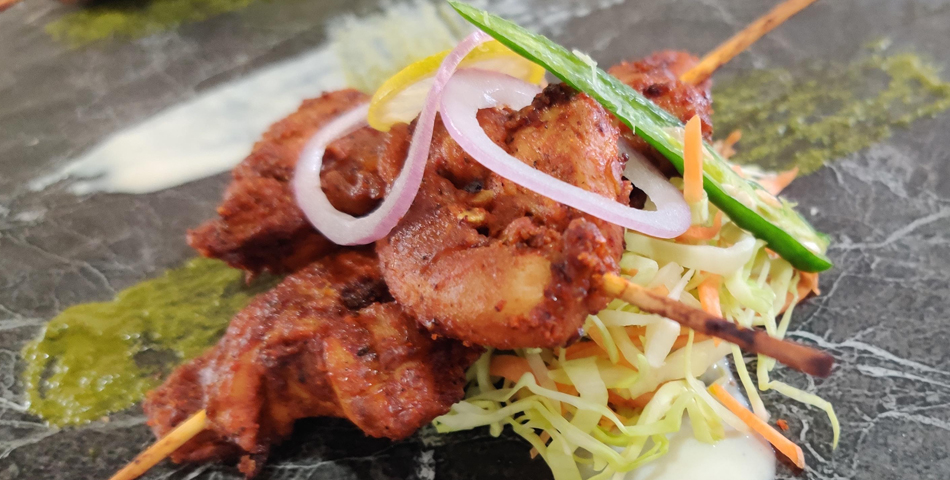
Not many know that the layout and design of a commercial kitchen has a significant influence on the functionality and the potential success of any food service operation. Careful planning and research go in to ensure cost efficiency and avoidance of cost overruns.
A commercial kitchen can be easily identified by its equipment. Residential equipment isn't designed to handle large-scale food preparation and requires frequent replacement. Commercial kitchens use durable equipment designed specifically for mass food production that also incorporates safety features rarely found on equipment designed for residential use, including safety shields and finger guards.
For those of you who don't know, there exist different types of commercial kitchens
• Large bulk kitchens catering to flights or industrial
• Central kitchens catering to multiple retail food outlets
• Hotel kitchens
• Restaurant kitchens
• Satellite kitchens
Just like your residential kitchen, storage is an important element in all these kitchens too. They have an assortment of things they need to tuck away neatly. Right from groceries and dry stores to vegetables and fruits, processed vegetables and fruits, seafood and meat items, canned products, juices and other beverages, all the way up to glassware, crockery and cutlery, cleaning agents and chemicals as well as packing material. The list of items is never-ending.
Let's look at the different types of storage systems
• Walk in refrigerators and deep freezers are used to store raw vegetables , fruits , butchery products , cooked food , dairy products ,cakes and pastries etc , Every cooler is categorized and there are individual coolers to store individual category of food
• Dry stores have shelves and are an air-conditioned place where groceries, bottles, packets etc are stored on shelves highlighting their expiry dates. Large sacs of grains , flour , oil tins are stored on palettes and one has to make sure that the desired humidity and temperature is maintained in these dry stores
• Chemical storage room where all cleaning , polishing, sterilizing solutions , soaps are stored in jerry cans and bottles , everything is labeled clearly , safety gloves and eye glasses are kept handy. An MSDS file is maintained to handle these chemicals and understand the toxic reactions
• Than we have dry store room to store glassware, crockery and cutlery , properly tagged on each shelf in either original cartons or plastic trays
• We have steel refrigerators and under counter fridges in all kitchen areas to store all pre prepared food used for cooking., Each section chef is responsible for his or her section and he or she maintains and cleans the fridge
• There are overhead shelves all around in all section. They are meant to hold and store handy food items in boxes and equipments
• Then there is a separate wine cooler to store wines at specific temperatures.
• In the restaurant, there are side stations to stores , crockery , cutlery , condiments , sacs which are all required for food service
• There are different types of food containers from large stainless steel boxes to polycarbonate boxes , bottles , air tight containers which are used to store different food items
• Meat and seafood is processed and vacuum packed in special food grade polythene bags
• All the food is either covered or cling wrapped when stored.
The workings of a commercial kitchen are as magnificent as they are meticulous. Next time you're at a swanky hotel, be sure to request for a guided kitchen tour, and see all these procedures at work, live!.
By Chef Sudhir Pai




Be the first one to post a comment